Duck hunting is not only a seasonal activity but a time-honored tradition in the culture of outdoor sporting. If you are interested in the excitement of the hunt or the serenity of being in nature, waterfowl hunting is an experience like no other. Nevertheless, as a novice, it can be intimidating to get into this world. To make your experience successful and safe, ethical, and fun, too, consider these duck hunting tips and tricks.
Whether it is learning about duck behavior or knowing how to call and place decoys, this guide will discuss some of the fundamentals of duck hunting that a beginner or any hunter should know. We will go back to the basics and brush up your skills with practical new hunter strategies.
Understanding Duck Behavior
A good duck hunter is not only a good shot with a shotgun but also a naturalist. The duck has certain behavior patterns related to survival, such as feeding, roosting, and migrating behaviors.
Ducks are mostly very routine animals and will feed in the early Morning and late afternoon, and roost at night in sheltered locations. By knowing these patterns, you will have a massive upper hand in the field as you will know when and where the ducks will be most active.
Another important factor is migration. Ducks can migrate following the variations of the seasons, particularly temperature decrease and changes in daylight. By learning the migration flyways, e.g., the Mississippi flyway or the Pacific flyway, you can place yourself in strategically better hunting areas.
It is also important to watch the weather. Large flocks can be encouraged to move by a cold front or a strong wind, which can provide sudden, excellent hunting opportunities.
Furthermore, ducks are birds that depend on sight and sound to establish danger. This causes concealment and noise discipline to be critical. There is a chance to change your strategy during hunting due to the observation of duck behavior about decoys, calls, and movement. For example, overly aggressive calling might scare off late-season ducks, while subtle feeding calls may lure them in.
Daytime and Evening Hunting Tips
Although it is a well-known fact that early mornings are regarded as the duck hunting prime time. Evening hunts can be rather fruitful, particularly with a strategic and well-prepared approach. You will want to know how ducks act at the time of day so you can set up and time it right.
Daytime Duck Hunting Tips
- Set up before first light: It is best located before daybreak to intercept the first wave of ducks that fly out of the roosting areas to feeding areas. This is commonly the time that ducks are the least suspicious, and the most in motion.
- Use natural cover like tall grass, brush, or lay down blinds to blend in with your surroundings. Avoid movement once you’re in position.
- Stand so that the wind is behind or at your side. Ducks usually land into the wind, and this presents you with a clear shot of approaching birds.
- Try motion decoys(such as spinning-wing models) during the day to imitate the real thing and bring flocks in from a long way off.
Evening Duck Hunting Tips
- Have a scout in the early afternoon and find out where the ducks are feeding. These will be your best places in the evening shoot.
- Select decoys that have a dull or matte finish so they do not have unnatural lustre when light levels are low.
- Carry a headlamp or flashlight to get out safely after sunset. Be aware of your local legal shooting hours, which frequently stop 30 minutes after sunset.
- Ducks going home to roost usually fly at a lower, more reliable altitude, and in the evening, they can be shot more easily.
Best Times and Locations
The best time to hunt in the morning is 30 minutes before sunrise to mid-morning in places where ducks move out of roosts. Good places to look are marshes with flooded plants, oxbow lakes, rivers containing sandbars, and recently harvested crops.
Productive spots include marshes with flooded vegetation, oxbow lakes, rivers with sandbars, and freshly harvested agricultural fields.
Late Season Duck Hunting Tips
As the duck season draws to a close, hunting becomes increasingly challenging. Ducks have encountered decoys, heard countless calls, and learned to associate certain sights and sounds with danger. This makes late-season hunts less forgiving and more tactical, but for hunters who adapt, they can be incredibly rewarding.
Adapt Your Approach
- Reduce your decoy spread to 3-12 super-realistic decoys, emulating smaller, laid-back flocks. Pressured birds can find overcrowded spreads unnatural.
- Look for ice-free holes, spring seeps, or tiny creeks. Ducks will find these places when larger water bodies are covered by ice.
- Wear white or snow-patterned camo if hunting in snowy environments to blend in with the surroundings more effectively.
- Consider using full-body or sleeper decoys placed on ice edges to mimic resting ducks.
Combat the Cold
- Layering is essential: start with thermal base layers, add fleece or down insulation, and finish with a waterproof outer shell.
- Use chemical warmers in boots and gloves to keep extremities functional.
- Stay dry at all costs—even a little moisture can lead to a quick drop in body temperature. Wear insulated hunting boots, and bring an emergency blanket or bivvy bag just in case. Learn more: How to keep warm in winter hunting.
Patience Pays
- Late-season ducks are more likely to circle multiple times before committing. Resist the urge to shoot too early.
- Use subtle, soft feeding calls instead of aggressive hail calls. Natural and minimalistic calling is more effective with pressured birds.
- Keep movement to a minimum—motionless, concealed setups are vital.
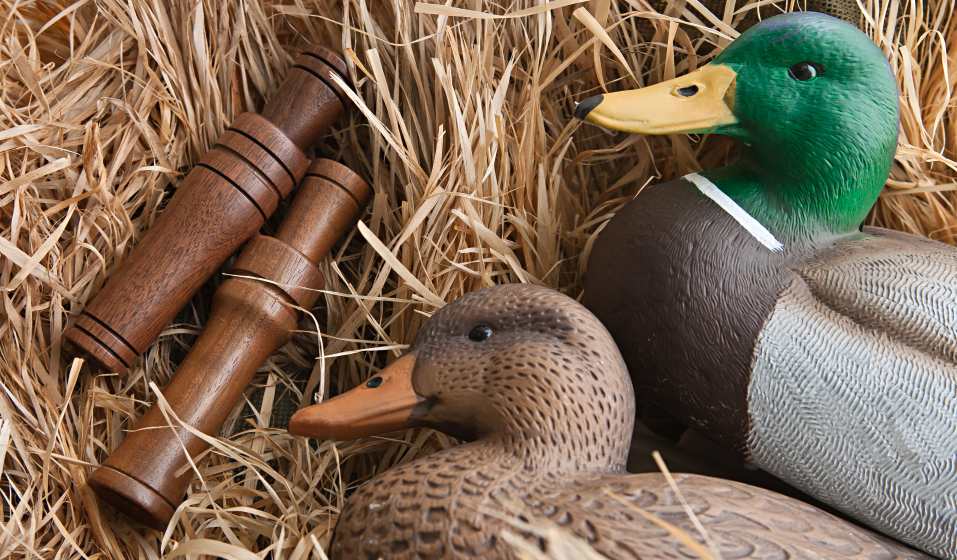
Decoy Tips for Duck Hunting
A well-planned decoy spread can make the difference between a slow day and a limit-filled morning. Ducks are sight hunters, and nothing could be more important to lure ducks within shooting range than a realistic, strategic decoy set-up. Comprehension of the kinds of decoys and their positioning is vital to a hunter of any caliber.
Types of Decoys
- Mallard Decoys: It is versatile and thus is very ideal for starters. Mallard decoys can even act as confidence decoys, even when you are shooting a different species.
- Motion Decoys: Spin-wings, vibrating water decoys, and swimmers can add movement to an otherwise dead-looking spread. Movement is particularly useful when it is a calm day, whereby natural ripples of the water are barely felt.
- Species-Specific Decoys: To add realistic touches when hunting such species as pintails or teal, or divers, just have some specimen decoys of the same species.
📌Check more: 9 Best Duck Decoys For This Season.
Best Practices for Decoy Spreads
- Use classic patterns like the “U,” “J,” or “V” shapes to create a natural-looking opening that encourages ducks to land right in the kill zone.
- Always set decoys facing into the wind, as ducks land into the wind by nature.
- Add motion decoys sparingly—one or two in the right position can do more than a full spread of static fakes.
Pro Tips
Wash and repaint decoys regularly to keep the most lifelike detail, including the eyes and outline of the feathers.
During windy conditions, decoys are placed further apart as they tend to stick together during windy days.
When the visibility is low, such decoys as those with white patches help to attract ducks even at a distance by using contrast.
It is bad practice to put decoys directly in your shooting lane–make sure there is an open area that ducks can land and you can safely shoot..
Duck Hunting In the Rain
Often, rainy days are fruitful for the duck hunters. The light to moderate rain has the habit of keeping ducks down and in flight more often. Thus, giving an excellent shot, particularly when other hunters remain at home. Nevertheless, even rain demands an adaptation of equipment and tactics to remain comfortable and efficient.
Weather Adaptation Tips
- Invest in quality waterproof gear- bibs, a breathable rain jacket, and rubber boots.
- Cover your gun with rainproof sleeves or covers with silicone treatment to prevent damaging it with moisture and corrosion.
- Bring an extra pair of gloves and socks and hand warmers so you can switch them out to keep your hands dexterous.
Tactical Adjustments
When raining, ducks find refuge in enclosed places such as flooded timber, creeks, or cattail-grown coves. These are places with more relaxed water and windbreak.
During rain, visibility is impeded, so place motion or high-contrast decoys to enable the ducks to see your setup at a distance.
Do not overcall, as in damp air, the notes travel differently, and quiet, natural calls often turn out best.
Staying Comfortable and Safe
Never leave home without checking the weather forecast and the water levels. Some of the places may become unsafe due to sudden storms.
Put your gear in dry bags or airtight containers to keep your necessities dry, such as ammo, food, and fire-making equipment.
Monitor hypothermia, watch out that you are feeling cold, take breaks and move around, and change dry layers as necessary.
Duck Hunting Shooting Tips
Not even the finest decoy spread or calling can help when your shooting is not consistent. To become a clean and ethical killer and achieve optimum results in the field, you have to master your shooting skills.
Improve Accuracy
- Clay practice, particularly that which resembles cross and incoming targets, should be practiced very often. This develops muscle memory and will make you read duck flight patterns more naturally.
- Point your target in the right direction and not where the duck is. Train yourself to estimate lead using speed and angle.
- Target one bird at a time, particularly when a flock is in large numbers. Spraying a flock of birds usually results in misses or injured birds.
Shot Placement Tips
- Target the head and the upper neck. This crucial area will result in a humane take-down.
- Vary your lead and point accordingly. The shorter the duck, the less lead; the greater the distance, the more lead.
- Use a modified choke that balances the spread vs. range and choose #2 or 4 steel shot to hunt mallards and other ducks of such size.
Timing is Key
- Do not shoot prematurely. Wait till you lead ducks within 30-40 yards where your pattern will work best.
- Make ducks commit, land in your decoy pattern, and then stand up and shoot. The premature action of jumping may frighten the whole flock.
- Be cool when under pressure. You should breathe carefully and be patient so that your shooting will be more accurate.
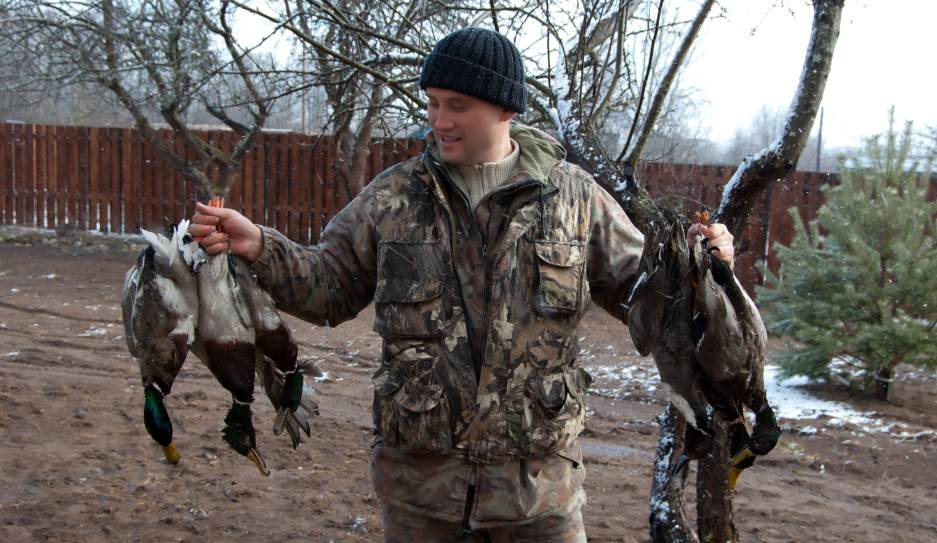
Duck Hunting On Public Land
The hunting opportunity in public land is broad but tends to be characterized by substantial competition and duck pressure. Preparation, strategy, and courtesy are vital to success here.
Overcoming Challenges
- Be there early, and arrive long before legal shooting light, particularly on the weekends or during the opening day.
- The right preseason scouting is mandatory and could be done by foot, kayaking, or drone (when not prohibited). This is to define the duck-traveling corridors and feeding grounds.
- Do not push another hunter; no one likes his or her set crowded. Make as much as 200 yards of distance.
Finding Good Spots
- Download hunting apps such as OnX Hunt, HuntStand, or state DNR mapping apps to locate wetlands, public marshlands, and waterfowl areas.
- Bear down on hard-to-reach places such as backwater sloughs or timber holes. Fewer people get to them and, more often, ducks feel safer there.
- Hunt during the weekdays or when the weather is changing, as it will change the pattern of ducks and cause less pressure.
Maximize Your Success
- Travel light using portable blinds and small decoy spreads to move light and quickly adjust to the movement of the ducks.
- Call in a low-key manner- if you call too loudly or too often, you will alert other hunters or birds that have heard everything.
- It is important to hide, wear natural camouflage, and move as little as possible.
Public land hunters are rewarded with those who scout intelligently, who move, and who adjust to different conditions and pressure.
Duck Hunting From a Kayak
Kayak duck hunting opens access to wild and un-hunted regions and in shallow backwaters, marshes, and small streams, where motorboats are inaccessible. Nevertheless, it needs special preparation to be safe and successful.
Why Hunt From a Kayak
- The low profile and stealthy nature of a kayak enables you to sneak into good locations without disturbing to ducks.
- You can reach secluded or pressured-shy birds that remain in the water too shallow or concealed from the other hunters.
- Kayaks are also light and easy to carry, which makes them suitable for use in public land and walk-in areas.
Safety Tips
- Always wear a US Coast Guard-approved life vest, even in shallow water.
- Choose a stable, sit-on-top fishing-style kayak with ample space for decoys and gear.
- Avoid standing or quick motions—a flipped kayak can end your hunt or put your life at risk.
Shooting Tips
- Anchor the kayak or push into cattails or mud banks before shooting to avoid drifting while aiming.
- If legal and safe, consider exiting and shooting from shore or a small island for better stability.
- Use a short-barreled shotgun(24–26 inches) for better maneuverability in tight spaces.
Practice paddling, anchoring, and even mock shooting before your first hunt. The stealth and flexibility a kayak offers can be game-changing.
Duck Hunting Calling Tips
Duck calling is both a science and an art. When done correctly, it can bring flocks directly into your spread. When done poorly, it can scare them off before they get close. Beginners should focus on fundamentals and observe duck responses closely.
Types of Calls
- Quack: Basic, all-purpose call mimicking communication.
- Feeding Call: A rapid series of soft, muffled notes to imitate ducks feeding.
- Hail Call: A loud, attention-grabbing call for distant ducks.
- Comeback Call: Used when ducks begin to turn away, encouraging them to return.
Best Practices
- Practice in the off-season using videos, apps, or guided lessons. Learning when not to call is as important as how.
- Call based on what the ducks are doing—match their mood. Use aggressive sequences when they’re flying fast or high, and soft clucks when they’re circling.
- Use double-reed calls if you’re a beginner—they’re easier to control and more forgiving.
Avoid Overcalling
- Resist the temptation to call constantly—real ducks don’t talk nonstop.
- If ducks are responding positively, stay quiet after the initial interest.
- In high-pressure areas, silence can be your best tool—let your decoys do the talking.
Mastering the duck call takes patience and awareness, but even simple, well-timed calling can dramatically increase your success rate.
Tips for Duck Hunting Alone
Solo duck hunting offers a peaceful, intimate connection with nature and complete freedom to hunt your way. However, it demands extra caution, preparation, and efficiency.
When hunting on your own, there are some benefits, such as you can move at your own pace, choose your spot, and make quick decisions without coordinating with others.
Staying concealed is easier with only one person to hide—no movement or chatter to give you away. Solo hunters often have more freedom to experiment with calling, setup, and location. Below are some tips to follow:
Safety Tips
- Make a hunting plan. Always tell someone where you’ll be and when you expect to return.
- Bring a fully charged phone, GPS device, or personal locator beacon (PLB)in case of emergency.
- Be extra cautious with firearms and water—accidents when you’re alone can escalate quickly.
Hunting Tips
- Use a lightweight blind or natural cover that you can set up quickly.
- Limit yourself to a small number of decoys(6–12) to keep the setup simple and quick to deploy.
- Prioritize locations where ducks naturally land—points, pocket coves, or small islands—so you don’t need aggressive calling or complex spreads.
- Bring a duck hunting dog as your partner, which will help track and retrieve the ducks after successful harvests.
Conclusion
Hunting ducks is an exciting game that requires patience, prowess, and an esteem for nature. As a novice, it is important to focus on the basics.
This includes the behavior of ducks, how to call, where to place decoys, and what to do in terms of safety. No matter who you hunt with, what kind of land you hunt, or what the weather is like when you go.
These duck hunting tips are proven, constructive advice that can help you get at least a little bit better next time out. Hunt clean, be safe, and have fun moving into the world of waterfowl hunting.


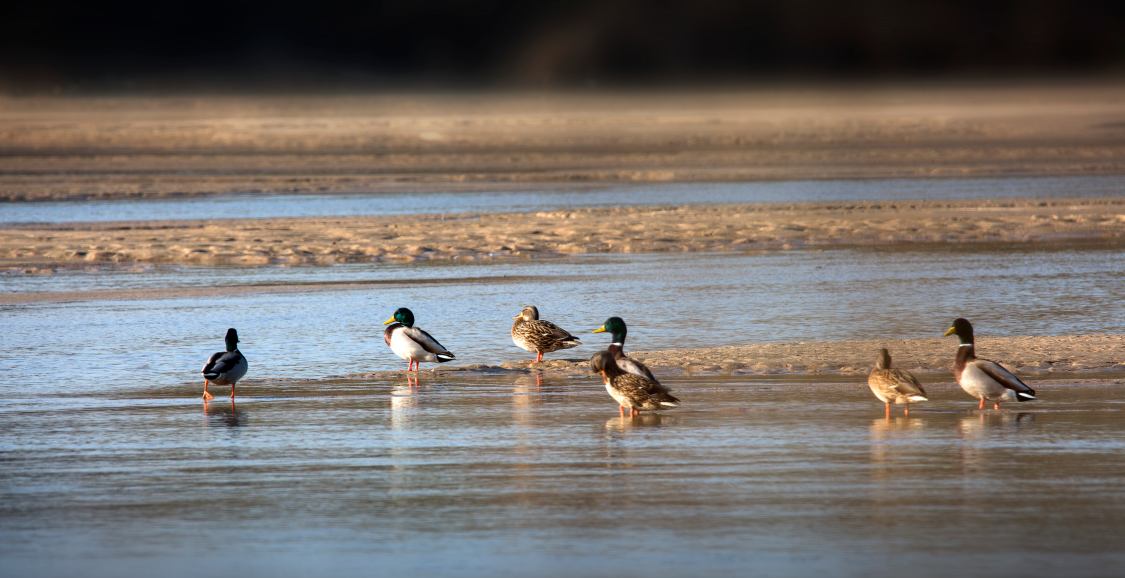
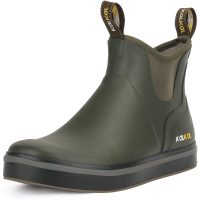


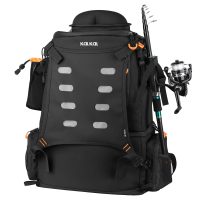
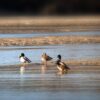
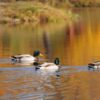
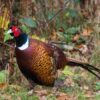
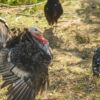

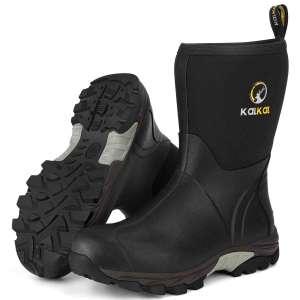
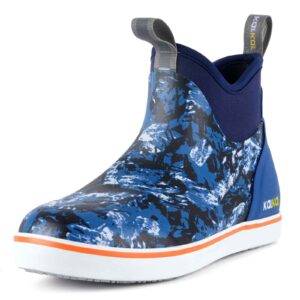

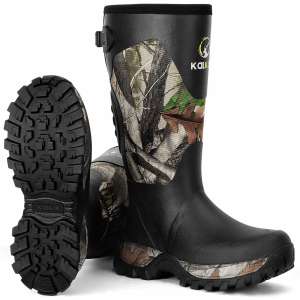
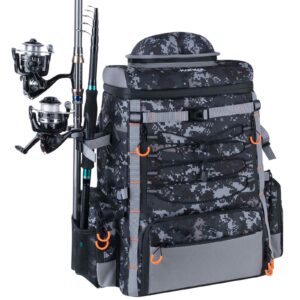



Leave a reply